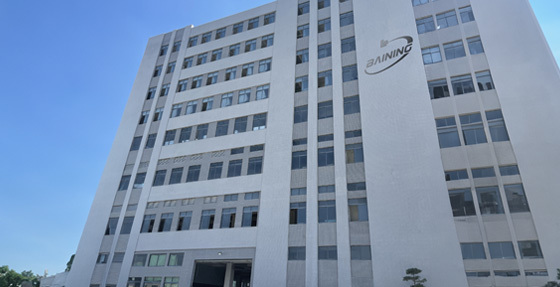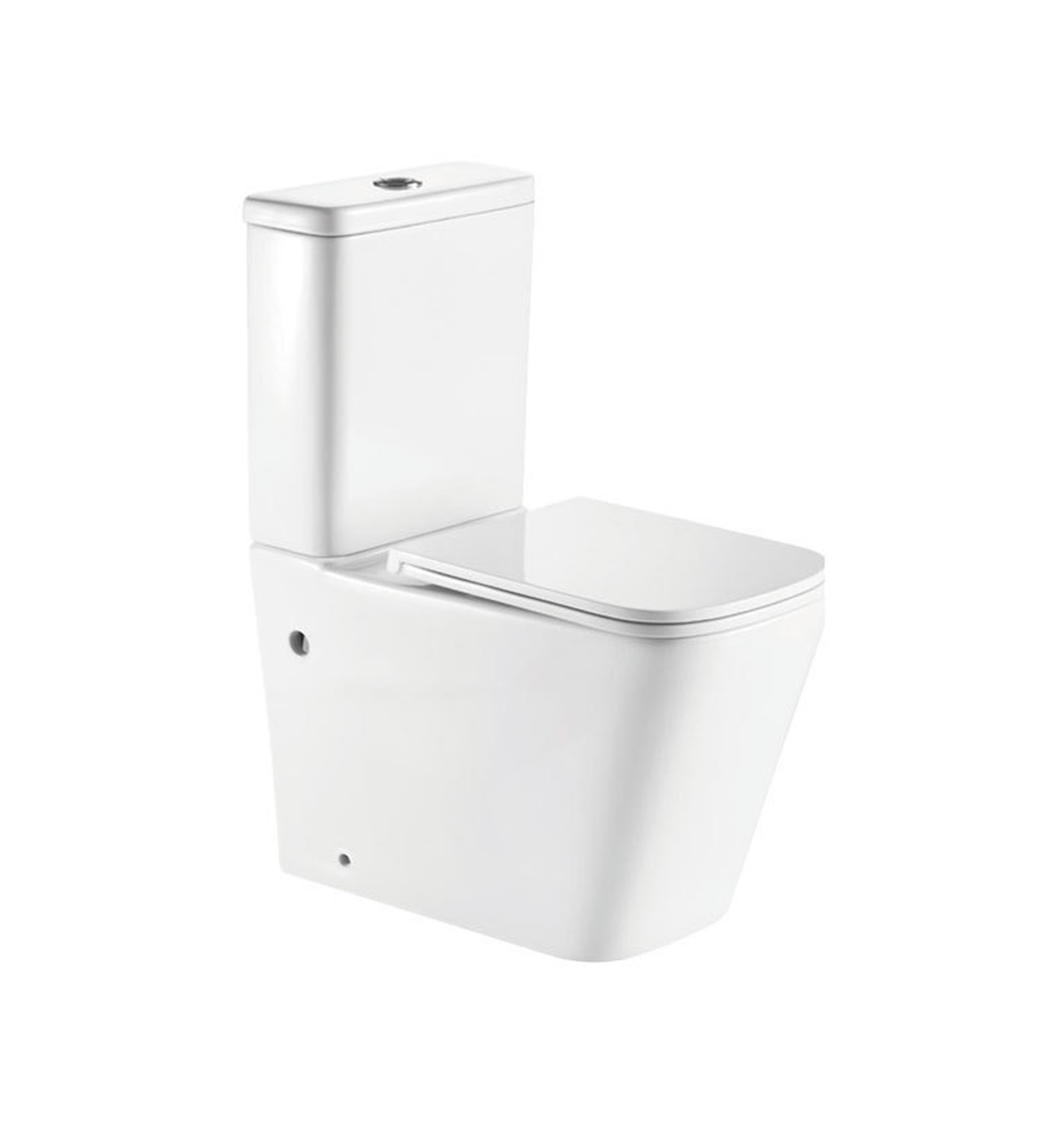PAKISTAN floor drain Toilet hardware
FD009
key word: Sanitary Ware
Category:
PAKISTAN floor drain Toilet hardware
PAKISTAN Floor Drain Toilet Hardware
In the world of plumbing and sanitation, the importance of efficient drainage systems cannot be overstated. In Pakistan, the floor drain toilet hardware plays a crucial role in ensuring that bathrooms and other wet areas remain hygienic and functional. This article delves into the various aspects of floor drain toilet hardware in Pakistan, including its types, materials, installation processes, and maintenance practices.
**Understanding Floor Drain Toilet Hardware**
Floor drains are essential components in any bathroom or wet area, serving the primary purpose of draining excess water efficiently. In Pakistan, where monsoon rains and seasonal flooding can lead to water accumulation, the role of floor drains becomes even more critical. These drains are designed to prevent water from pooling on the floor, which can lead to mold growth and structural damage.
Toilet hardware associated with floor drains includes various components such as drain covers, traps, and piping systems. These elements work together to ensure that wastewater is directed away from the living space and into the sewage system.
**Types of Floor Drains**
In Pakistan, several types of floor drains are commonly used in residential and commercial settings. The choice of drain often depends on the specific needs of the space, as well as aesthetic preferences.
1. **Linear Drains**: These drains are long and narrow, designed to collect water along a linear path. They are often used in modern bathrooms and are favored for their sleek appearance. Linear drains can be installed along the perimeter of a shower or bathroom, providing an unobtrusive drainage solution.
2. **Point Drains**: Point drains are the traditional type of floor drain, usually installed in the center of the bathroom floor. They are circular and designed to collect water from all directions. Point drains are easy to install and maintain, making them a popular choice for many households.
3. **Trench Drains**: These are similar to linear drains but are typically longer and wider. Trench drains are often used in commercial settings, such as restaurants and industrial kitchens, where large volumes of water need to be drained quickly.
**Materials Used in Floor Drain Hardware**
The materials used in the manufacturing of floor drain toilet hardware are crucial for durability and functionality. In Pakistan, the following materials are commonly used:
1. **Stainless Steel**: Known for its resistance to rust and corrosion, stainless steel is a popular choice for floor drain hardware. It is durable and can withstand the harsh conditions often found in bathrooms and kitchens.
2. **PVC**: Polyvinyl chloride (PVC) is a lightweight and cost-effective material used in drain piping and fittings. It is resistant to chemicals and is easy to install, making it a common choice for residential plumbing.
3. **Cast Iron**: Though less common in modern installations, cast iron was traditionally used for floor drains due to its strength and durability. It can withstand heavy loads, making it suitable for industrial applications.
**Installation Process**
Proper installation of floor drain toilet hardware is crucial for ensuring optimal performance. The installation process typically involves the following steps:
1. **Planning**: Before installation, it is essential to plan the layout of the plumbing system. This includes determining the location of the floor drain and ensuring that it is positioned correctly to allow for proper drainage.
2. **Preparing the Site**: The area where the floor drain will be installed must be cleared and leveled. Any existing flooring materials may need to be removed to create a suitable base.
3. **Installing the Drain**: The floor drain is then placed in the designated location. If it is a point drain, it should be centered. For linear drains, it should be aligned along the desired path. The drain must be securely attached to the plumbing system.
4. **Connecting the Piping**: Once the drain is in place, the piping must be connected to the main sewage line. It is essential to ensure that the pipes are sloped correctly to allow for efficient drainage.
5. **Testing**: After installation, the system should be tested for leaks and proper functionality. This step is critical to ensure that the floor drain will work effectively in preventing water accumulation.
**Maintenance of Floor Drains**
Regular maintenance of floor drain toilet hardware is essential for preventing clogs and ensuring longevity. Here are some maintenance tips:
1. **Regular Cleaning**: Floor drains can accumulate debris, hair, and soap scum over time. Regular cleaning with a mixture of hot water and vinegar can help to break down buildup and keep the drain flowing smoothly.
2. **Inspecting the Trap**: The trap is a critical component that prevents foul odors from entering the living space. It should be inspected regularly for clogs or damage. If the trap is clogged, it may need to be removed and cleaned.
3. **Checking for Leaks**: Regularly inspect the drain and surrounding plumbing for signs of leaks. Early detection can prevent more significant issues down the line.
4. **Professional Maintenance**: Consider hiring a professional plumber for periodic maintenance checks. They can identify potential issues that may not be visible to the untrained eye.
**Conclusion**
In conclusion, floor drain toilet hardware is an essential aspect of plumbing in Pakistan, contributing significantly to the hygiene and functionality of bathrooms and wet areas. Understanding the types, materials, installation processes, and maintenance practices associated with floor drains can help homeowners and builders make informed decisions. By prioritizing proper installation and regular maintenance, one can ensure that these critical components serve their purpose effectively for years to come.
Previous page
Next page
Previous page
MOROCCO floor drain Toilet hardware
Next page
Related products
Product consultation








